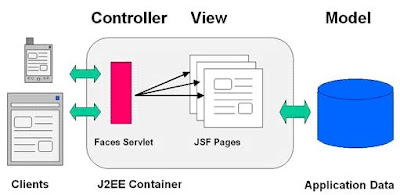You can create read only List using Collections, complete code is given bellow:
import java.util.ArrayList;
import java.util.Collections;
import java.util.List;
/*
* @author: Prabir Karmakar
*/
public class UnModifiable
{
private List
private List
public void
throws Exception
{
if(args.length<=0) throw new Exception("Empty String: please enter string"); list = new ArrayList
for(String elem : args)
{
list.add(elem);
}
}
public void
{
fixed = new ArrayList
fixed = Collections.unmodifiableList(list);
}
public void doSomeChange(String str)
{
if(fixed==null)
throw new NullPointerException("Read-Only list not initialized.");
try
{
fixed.add(str);
}catch(UnsupportedOperationException uox)
{
throw new UnsupportedOperationException("Can't modify readonly list.");
}
}
public void fetch()
{
for(String str : list)
{
System.out.println(str);
}
}
public static void main(String arg[])
{
UnModifiable unList = new UnModifiable();
String param[] = {"prabir","rahul","kumar"};
try
{
unList.initializeList(param);
unList.createUnmodifiableList();
unList.fetch();
unList.doSomeChange("raj");
}catch(Exception ex)
{
System.out.println(ex.getMessage());
}
}
}






